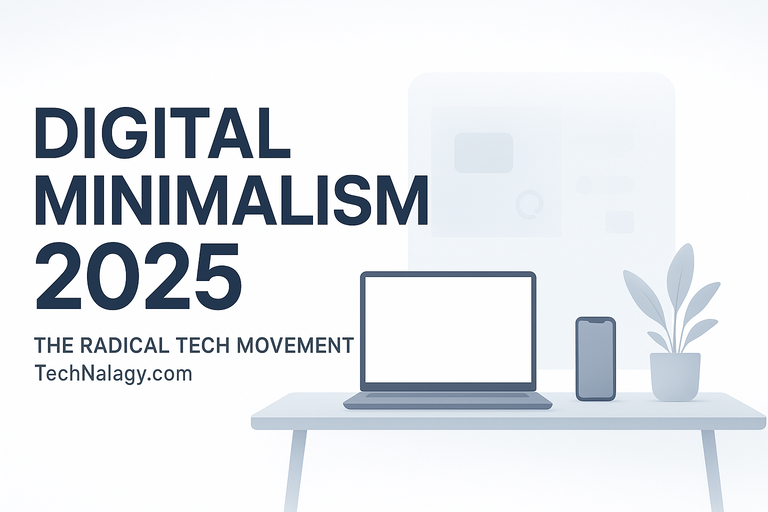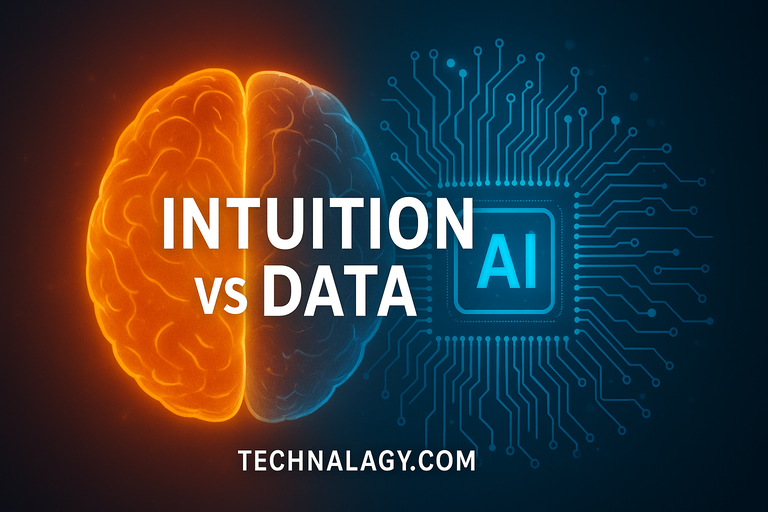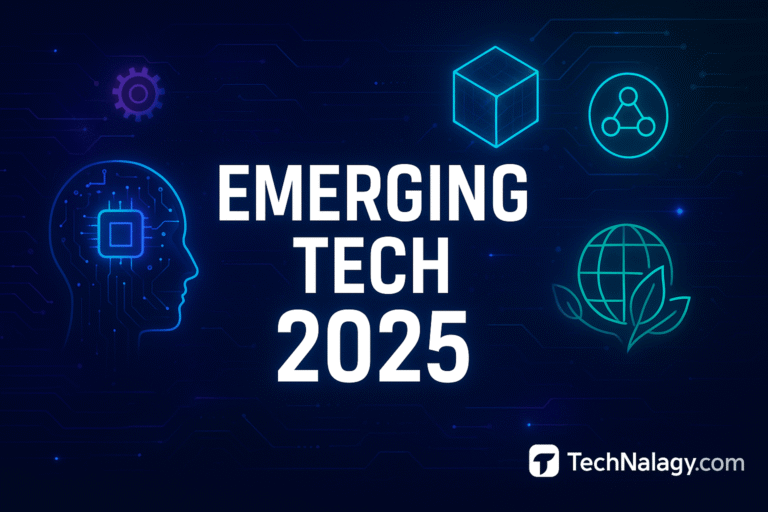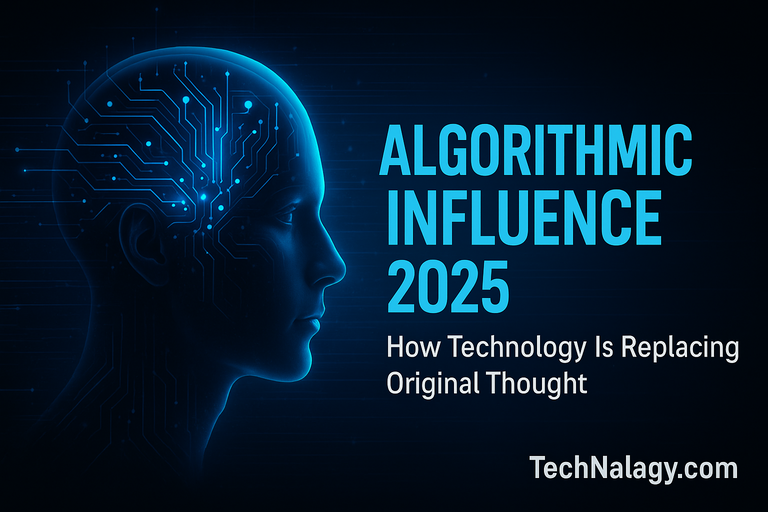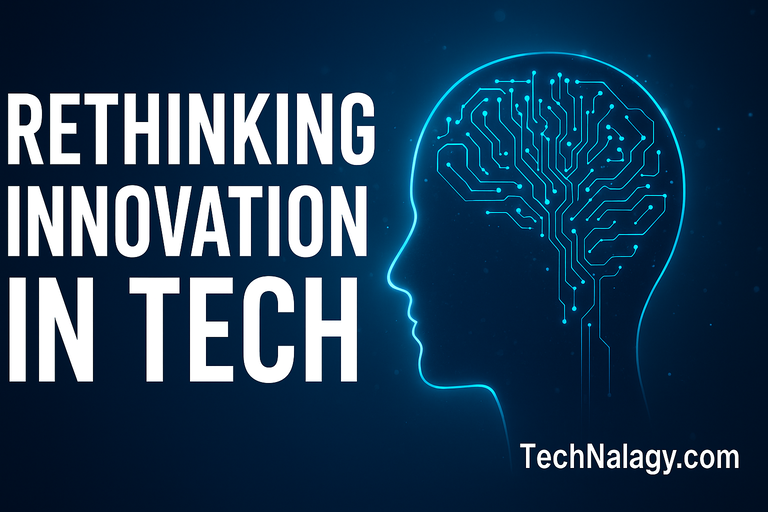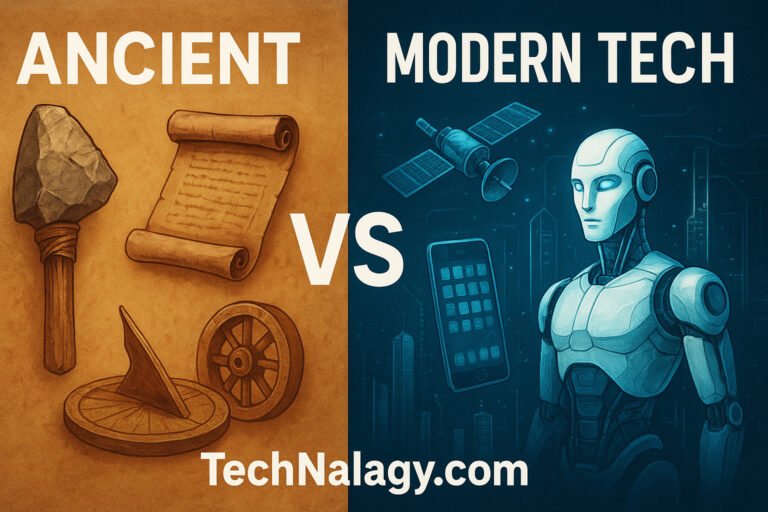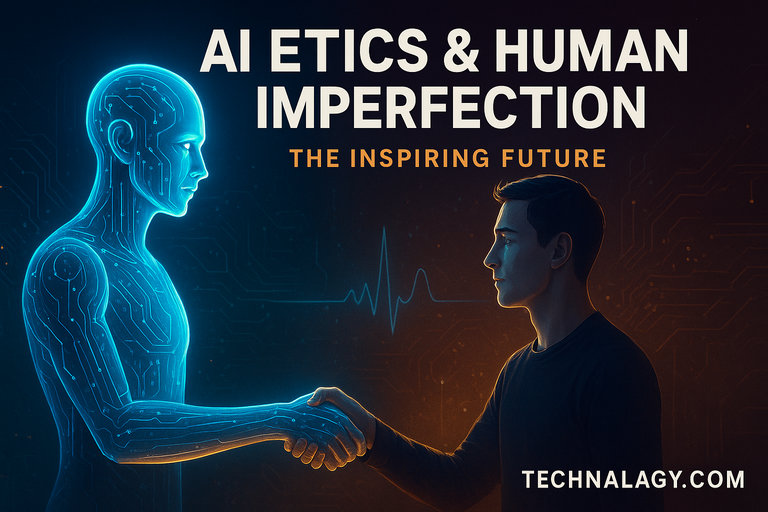Why Digital Minimalism Could Be the Most Radical Tech Movement of 2025
In 2025, the average person spends over eight hours a day interacting with digital screens. Between work, social media, entertainment, and the growing presence of artificial intelligence in daily routines, our lives have become deeply intertwined with technology. While these tools promise efficiency and connectivity, many individuals are now questioning whether constant digital engagement truly enhances human experience.
This growing concern has given rise to an influential idea known as Digital Minimalism — a philosophy centered on using technology more intentionally and meaningfully. In an era defined by constant notifications, algorithmic recommendations, and digital burnout, digital minimalism is emerging as a radical shift toward reclaiming human focus, creativity, and mental peace.
Table of Contents
What Is Digital Minimalism?
Digital Minimalism is a philosophy that encourages people to simplify their digital lives by focusing only on the technologies that add genuine value. Coined and popularized by computer scientist and author Cal Newport, the concept challenges the idea that more technology automatically equals more productivity or happiness.
At its core, digital minimalism is about intentionality. Instead of allowing technology to dictate attention, it urges individuals to take control — to decide which tools, platforms, or devices truly align with their values and goals. This doesn’t mean rejecting technology altogether. Rather, it’s about using it with purpose.
In practice, this might mean uninstalling unnecessary apps, setting time limits on social media, or choosing distraction-free devices designed for focus. As technology grows more integrated into every aspect of modern life, digital minimalism acts as a counterbalance — a way to maintain clarity in a world of digital excess.
Why 2025 Is the Perfect Year for Digital Minimalism
The technological environment of 2025 is fundamentally different from previous decades. Artificial intelligence tools now assist in writing, designing, coding, and even managing communication. Smart homes, autonomous vehicles, and wearable health trackers constantly collect and process data. While this convenience is undeniable, it also contributes to information overload.
People are realizing that productivity tools often create more digital clutter than clarity. Endless notifications, software updates, and data streams fragment focus, making deep work increasingly difficult. As a result, a quiet rebellion is taking shape — professionals, students, and entrepreneurs are intentionally cutting back their screen time and simplifying their digital ecosystems.
This shift aligns closely with the principles of digital wellbeing. Those who wish to build healthier relationships with technology can benefit from adopting mindful habits, such as those discussed in Digital Wellbeing Habits for a Balanced Day.
2025 marks a pivotal moment when consumers are not just buying smarter gadgets but also demanding smarter lifestyles — ones defined by balance, not constant connectivity.
The Psychology Behind Digital Minimalism
The success of Digital Minimalism lies in psychology as much as in technology. The human brain was not designed to process the constant barrage of digital stimuli that modern platforms deliver. Social media algorithms exploit attention by triggering dopamine rewards through likes, comments, and new content. Over time, this leads to addiction-like behaviors — users scroll endlessly without conscious purpose.
Digital minimalism offers a way to break this cycle. By reducing non-essential digital interactions, people regain control over their cognitive bandwidth. Studies from cognitive science show that focused attention and reduced multitasking directly improve memory, problem-solving, and overall well-being.
This movement also resonates with broader discussions around ethical technology. As explored in AI Ethics and Human Imperfection, technology design often fails to respect human limits. Digital minimalism, by contrast, seeks to reintroduce those boundaries — reminding users that the ultimate goal of technology should be to serve human needs, not dominate them.
For a deeper understanding of the psychological implications of constant digital stimulation, one can refer to research from the Harvard Business Review, which has explored the cognitive costs of multitasking and the importance of intentional focus.
The Productivity Revolution Behind Digital Minimalism
The modern workplace thrives on efficiency, yet most professionals admit that distractions consume large portions of their workday. Notifications, emails, and message alerts interrupt focus every few minutes. Paradoxically, these same digital tools are marketed as productivity enhancers.
Digital Minimalism redefines productivity by emphasizing quality over quantity. It encourages a slower, more deliberate approach to work — one where attention is treated as a valuable, limited resource. When individuals streamline their digital environments, they gain the ability to focus deeply on a single task, often producing higher-quality results in less time.
This shift aligns with the broader “deep work” philosophy — focusing without distraction on cognitively demanding tasks. In 2025, companies experimenting with digital minimalism have reported noticeable improvements in employee creativity and morale. The future of productivity may depend less on adding new tools and more on subtracting digital noise.
The Tech Industry’s Role in the Minimalism Movement
The rise of Digital Minimalism is also influencing how major tech companies design their products. Recognizing user fatigue, industry leaders such as Apple, Google, and Microsoft have started embedding digital wellbeing features into operating systems and apps. These include screen time reports, focus modes, and automatic notification batching.
Minimalist design principles — clean interfaces, limited color palettes, and intuitive navigation — are becoming more common. The trend is a response to user demand for simplicity and transparency. However, it also raises a critical question:
Are these companies genuinely promoting minimalism, or simply rebranding convenience as mindfulness?
Critics argue that while these features offer temporary relief, they do not fundamentally address the profit model that depends on user attention. True digital minimalism challenges not just how technology is used, but how it is built and monetized.
This tension ties directly into the ethics of modern innovation, as previously discussed in AI Ethics and Human Imperfection. If the future of technology is to be more human-centered, ethical design must go beyond aesthetics and confront the incentives driving addictive behaviors.
The Role of AI in a Minimalist Digital Future
Artificial Intelligence plays a paradoxical role in the story of Digital Minimalism. On one hand, AI increases digital complexity by introducing constant updates, recommendations, and automated decision-making. On the other, it can be a powerful ally in reducing digital clutter.
AI-driven tools can simplify workflows by automatically sorting information, summarizing emails, or generating concise reports. They can also promote mindful use through adaptive systems that learn user preferences and reduce unnecessary notifications.
For example, virtual assistants can be programmed to prioritize essential communications or schedule digital rest periods. Such integration illustrates how AI and Digital Minimalism can coexist — technology simplifying technology itself.
To explore how artificial intelligence is transforming daily life, you can read AI in Everyday Life, which offers insight into the many ways AI enhances efficiency while challenging human focus.
The ultimate goal is not to reject AI but to use it more consciously — creating systems that empower users rather than overwhelm them.
Real-World Examples of Digital Minimalism in Action
The Digital Minimalism movement is already shaping behavior across industries and professions:
- Entrepreneurs are downsizing their tech stacks, replacing complex CRM systems with simpler, task-focused tools.
- Designers are adopting distraction-free software environments to enhance creativity.
- Students are using “dumb phones” or e-ink tablets to limit distractions during study sessions.
- Companies are implementing “no email Fridays” or “deep work hours” to encourage focus.
Additionally, several startups are embracing minimalism as part of their business philosophy. From minimal operating systems to low-data browsers and sustainable hardware, the emphasis is shifting toward creating technology that promotes clarity, not clutter.
The slow tech movement — advocating for deliberate and mindful technology adoption — continues to grow. Communities on Substack, Reddit, and professional forums have become hubs for discussing digital balance strategies, reflecting a societal yearning for intentionality in tech use.
Challenges and Criticisms of Digital Minimalism
Despite its appeal, Digital Minimalism is not without criticism. Some argue that it is a privilege — easier to practice for those with financial stability, access to alternative resources, or the ability to control their work environments. For many workers, constant connectivity is not optional but required.
Others point out that minimalism can sometimes drift into elitism. The act of “disconnecting” or simplifying tech use may be inaccessible to people whose livelihoods depend on digital platforms. Additionally, completely eliminating digital engagement risks social isolation in a world where connection is central to community and commerce.
These challenges highlight that Digital Minimalism should not be viewed as a universal prescription, but as a flexible framework. The goal is not to escape technology but to redefine balance — using digital tools to serve rather than control our lives.
Why Digital Minimalism Could Be the Most Radical Tech Movement of 2025
At first glance, digital minimalism may seem like a personal lifestyle choice. But at its core, it represents a profound philosophical and cultural shift. In an age where the dominant narrative celebrates innovation and expansion, choosing less is a radical act.
It challenges the attention-driven economy, questions the sustainability of constant digital growth, and reintroduces ethics into design. It advocates for human autonomy in a world increasingly optimized for machine efficiency.
Digital Minimalism is not about turning away from the future — it’s about ensuring the future remains human. As more people prioritize intentional living, this movement could redefine how technology companies develop products and how individuals measure productivity and success.
The transformation isn’t technological — it’s psychological, ethical, and cultural. That’s what makes it truly revolutionary.
The Future of Intentional Technology
Looking ahead, Digital Minimalism could shape multiple aspects of the tech industry. Developers may prioritize lightweight, sustainable software. Designers could focus on reducing cognitive load. Businesses might embrace ethical engagement metrics that value user satisfaction over screen time.
Moreover, the convergence of digital wellbeing, ethical AI, and environmental responsibility points toward a broader redefinition of innovation. Success in the next decade may depend on how seamlessly humanity can integrate calmness, clarity, and conscience into its digital existence.
By 2030, the most successful technologies may not be the most addictive or complex — but the most peaceful, purposeful, and human-centric.
Conclusion — Reclaiming Focus in a Connected World
Digital Minimalism is not a rejection of technology; it is an evolution of how we relate to it. In 2025, where digital saturation defines the human experience, this philosophy offers a path back to intentional living and meaningful productivity.
It invites individuals and organizations alike to rethink their dependence on endless information streams and to rediscover the value of quiet focus. By embracing digital minimalism, we are not stepping away from innovation — we are redefining what progress truly means.
Technology should amplify human potential, not consume it. And perhaps, in a world obsessed with doing more, the most radical thing we can do is choose less — but better.
FAQs
1. What is Digital Minimalism?
Digital Minimalism is a modern approach to technology that promotes using digital tools intentionally. It focuses on simplifying your online life, reducing distractions, and keeping only the apps and devices that truly add value to your goals.
2. Why is Digital Minimalism gaining popularity in 2025?
In 2025, people are overwhelmed by constant notifications, information overload, and AI-driven content. Digital Minimalism offers a balanced lifestyle — helping individuals regain focus, improve productivity, and maintain mental clarity in an always-connected world.
3. How can I start practicing Digital Minimalism?
Start small: remove unnecessary apps, silence notifications, and schedule screen-free periods. Adopting simple digital wellbeing habits can help you gradually build a mindful and sustainable relationship with technology.
4. Can AI and Digital Minimalism coexist?
Yes. When used thoughtfully, AI can enhance Digital Minimalism by automating repetitive tasks and reducing digital clutter. Learn how balance can be achieved in AI in Everyday Life.
5. What is the future of Digital Minimalism?
Digital Minimalism is expected to evolve into a global movement shaping future tech design, user behavior, and work culture. It’s not just a trend — it’s a long-term shift toward mindful, intentional technology use that empowers human focus and creativity.

Kamran Khatri is the founder of technalagy.com, where he shares insights on AI, future tech, gadgets, smart homes, and the latest tech news. Passionate about making innovation simple and accessible, he writes guides, reviews, and opinions that help readers stay ahead in the digital world.

